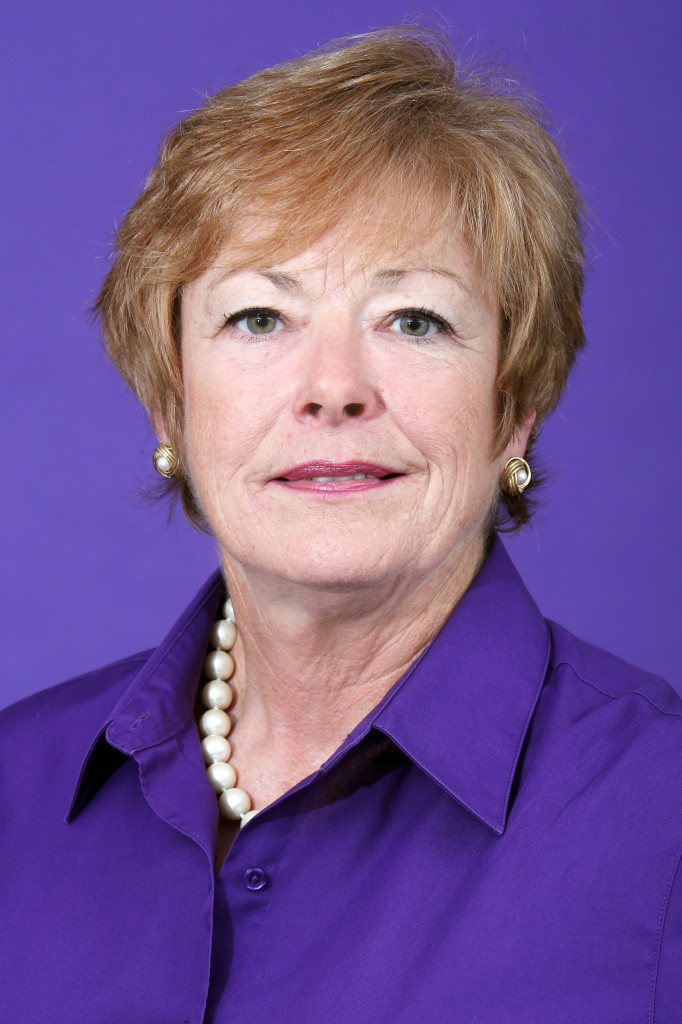“I understand,” Cory called out. “I finally get him!” The graduate student in one of my educational leadership courses was referring to her husband. Cory, an Anglo married to a Latino, had been studying concepts of culture in the course and exploring the varied worldviews of self and others. What Cory had grasped were real world examples of the cultural concept of collectivism. When I probed more specifically about what she meant, she shared, “I understand why my husband gave our lawn mower to his brother—if it belongs to one of us, it belongs to all of us. I also see why, when we invite one family member to dinner, often everyone comes over!”
Reflecting on this incident reminds me that students come to my classroom steeped in worldviews shaped by diverse personal and family cultures, rituals, and traditions. When I have failed to reach or fully engage a learner, it is often because I have not been culturally responsive to his or her needs. The lenses our learners use to examine and make sense of the world are ever present. And while part of my role as an academic is to orient students to higher education and our rigorous instructional expectations, I do not expect the students to do all of the adapting; I, too, have made pedagogical and curricular changes to reframe my teaching approaches. Below is a series of questions I ask myself when planning syllabi, materials and resources, activities, and assessments to see if I am tending my courses and my students in responsive ways.
- In addition to independent tasks and assignments, am I offering opportunities for group work or collaboration across the arch of the semester? While independent instructional assignments let me monitor and measure individual performance and achievement against a common set of standards, collaborative and cooperative tasks emphasize and value interdependence, shared responsibility, and the importance of belonging to a community (Hofstede). Moreover, using group or team tasks allows students to learn from and with one another and helps to balance individual initiative and achievement, so commonly prized in most academic settings.
- Besides lively, real-time oral exchanges in the classroom, am I engaging students with diverse communication patterns and offering a variety of ways to share ideas so that some voices will not be privileged over others? Most educators have experienced it—classrooms where some students consistently dominate the discourse while others remain quiet or seldom speak up. In addition to establishing routines or structured procedures for oral exchange or expressing ideas, using strategies such as small group discussions, quick writes, admit and exit slips, journaling, threaded discussions, social media, and blogs can provide opportunities for all voices to be heard and myriad ideas acknowledged.
- When selecting readings or planning for guest speakers or expert panels, am I enlisting a variety of viewpoints? Am I making certain students have the opportunity to engage with richly diverse sources, perspectives, and experiences? When I am more intentional and purposeful about having students explore diverse sources and interact with individuals who have unique perspectives, in my experience, learning is enhanced. When students grapple with notions that challenge their long held paradigms, they may begin to shift perspective more readily. And, for students who often find themselves at the margins, they may see individuals and hear ideas that resonate more fully with them and align with their perspectives.
To improve cultural responsiveness, we must understand how cultural identity is nested in various aspects of education such as how our classrooms operate, what instructional materials we use, and what is truly valued in the academic environment (Nelson and Guerra 90). When we begin to ask ourselves critical questions and reshape our practices accordingly, we will engage our learners more fully and accomplish the richness of teaching and learning we sincerely desire.
Works Cited
Hofstede, Geert. Cultures and Organizations: Software of the Mind. New York: McGraw-Hill, 1997.
Nelson, Sarah and Patricia Guerra. “Educator beliefs and cultural knowledge: Implications for school improvement efforts.” Educational Administration Quarterly. 50.1 (2014): 67-95.
 This article was written by Marla McGhee, College of Education and 2016 Koehler Center Fellow for Student Engagement for the Spring 2016 Issue of Insights.
This article was written by Marla McGhee, College of Education and 2016 Koehler Center Fellow for Student Engagement for the Spring 2016 Issue of Insights.